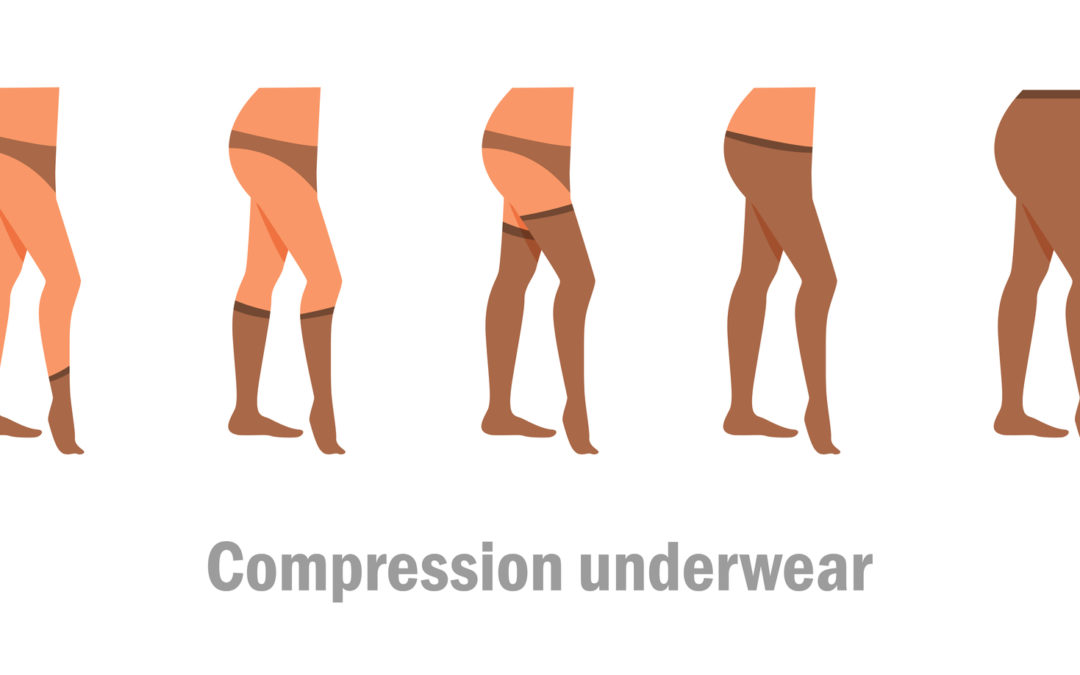Finding the right compression sock for you can seem overwhelming. After all, how will you know you are getting the most relief you seek if you don’t have the right kind of sock?
There are many things to consider when choosing the best compression sock. Let’s talk about the best approach to finding your perfect match.
Pro tip: What does “mmHg” stand for?
The medical abbreviation “mmHg” stands for “millimeters of Mercury”, which is a unit of measurement for pressure. It’s the same unit of measure when you take your blood pressure. Compression stockings use a range for how much pressure it provides because the compression changes depending on your size.
Understanding Compression Measurements
The term “mmHg” measures the pressure the compression sock will provide. This term is used in medicine to describe millimeters of Mercury. This is how pressure is measured in the same way blood pressure is measured with an arm cuff. The level of support you need will depend on how much mmHg your compressions socks will need to offer.
15-20 mmHg
This is the basic level of wear for people who need less support. Athletes, working people who stand all day, or people who travel often find this level effective for their needs. These can be a simple pair of pantyhose or a lower compression level of a sock.
20-30 mmHg
At this level of compression patients who suffer from varicose veins, spider veins or recovering from surgery will most likely find relief. Even those recovering from sports injuries might find more comfort at this level of wear. Some daily wear patients need this level of support to feel comfort from long periods of standing or sitting.
30-40 mmHg
Levels of this strength should be used by sufferers of serious symptoms, those at risk for blood clots, edema, lymphedema, or recovering from surgery. Talk with your doctor to make sure this level is where you should be. Re-evaluate often to ensure that you are not applying too much pressure to your legs.
Length of Sock is As Important as Pressure
Knee-High compression socks will extend to just below the knee. They are not intended to be worn over the knee.
Full Legg compression socks, thigh-high, are worn at the top of the thigh. They cover your entire leg, improving circulation through your thigh area as well as the lower leg. This can be vital to some patients who need full leg circulation.
Waist High Pantyhose or full waist socks will be pulled up to the waistline. These are often used by pregnant women to extend over their pregnant belly. Likewise, they are worn for those hoping to improve swelling throughout their hips and upper thighs.
Choose the length that is going to most adequately cover your affected area. As a general rule, if you have any swelling above your knee, go with a thigh-high or pantyhose waist compression sock. If you have swelling on your feet, ankles, or calves, a knee-high will be sufficient.
Which Fabric Will Be Most Comfortable?
This option usually totally depends on preference, unless your doctors prescribe a specific stocking. The only advantage to high tech sports blend fabric is that it will keep the skin dry and wick moisture. Pantyhose with sheer, thin layers are often preferred for women who want it to appear transparent, or nonvisible at first glance. Some people prefer soft, silky fabric such as men’s dress socks for comfort. The choice is ultimately up to you and what you prefer for your daily wear.


Recent Comments